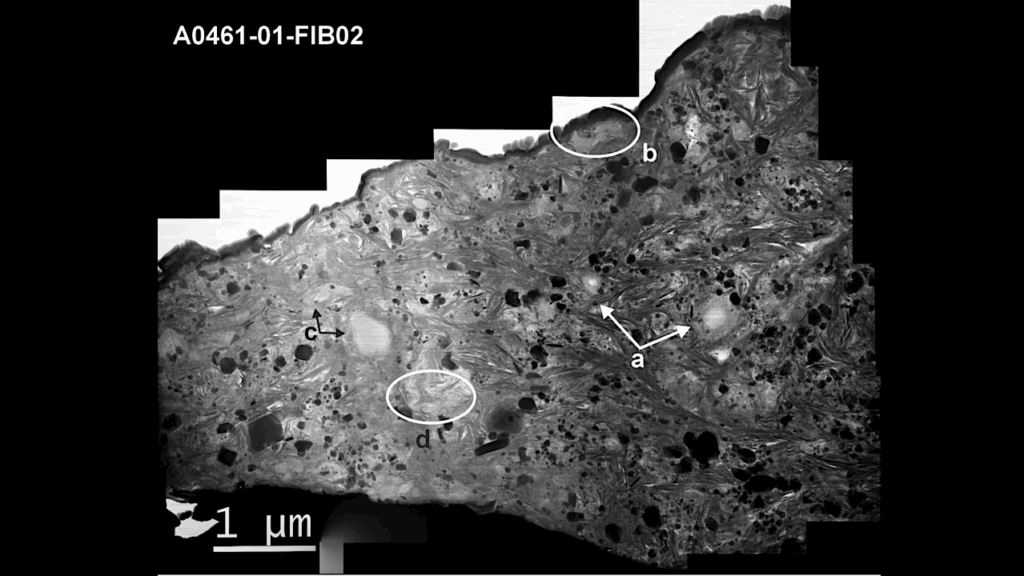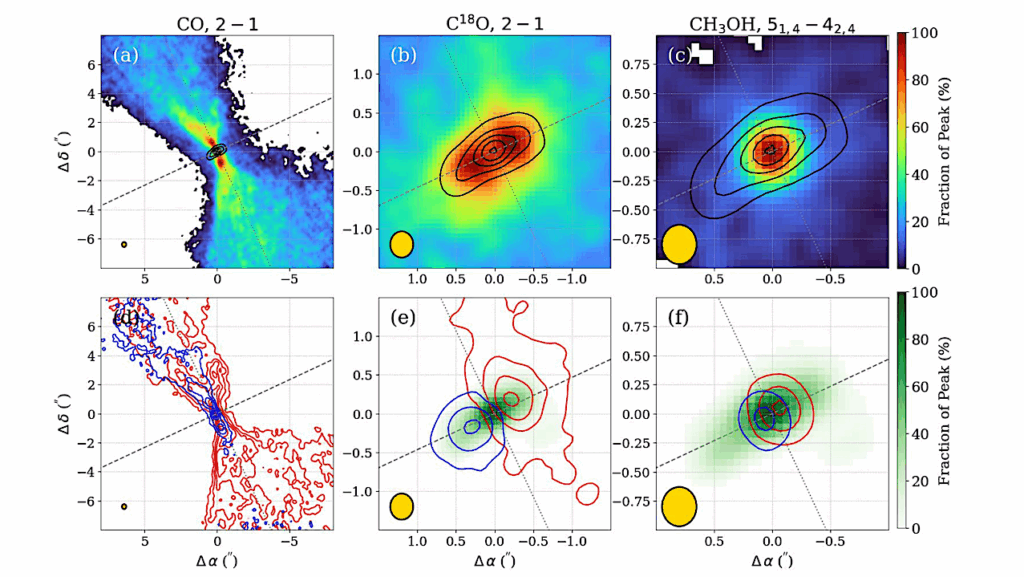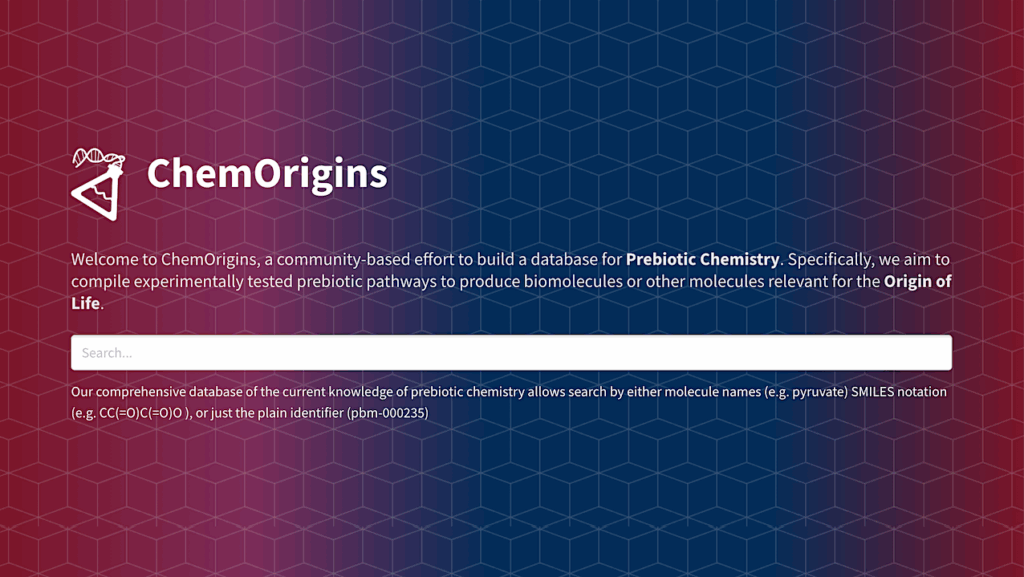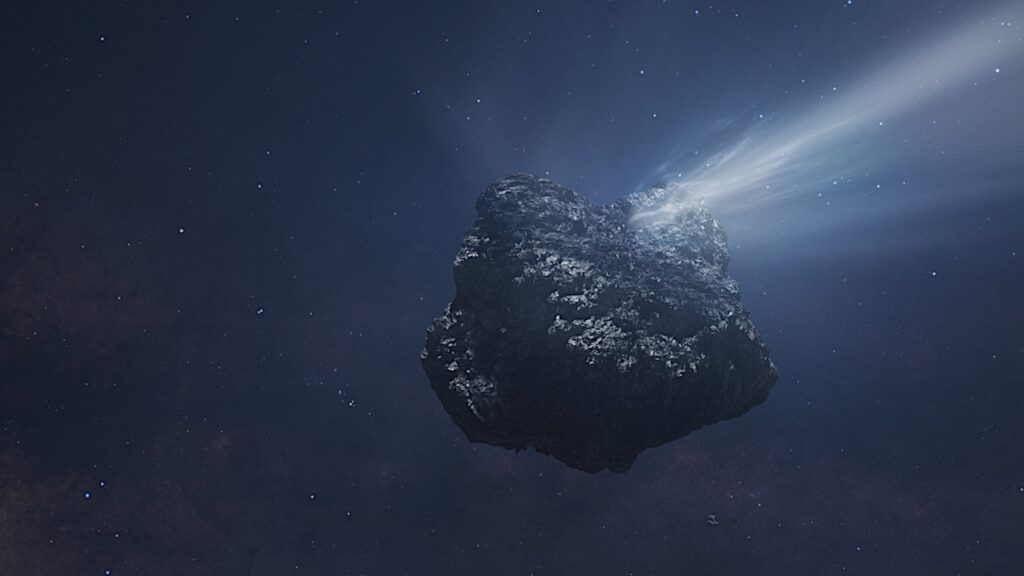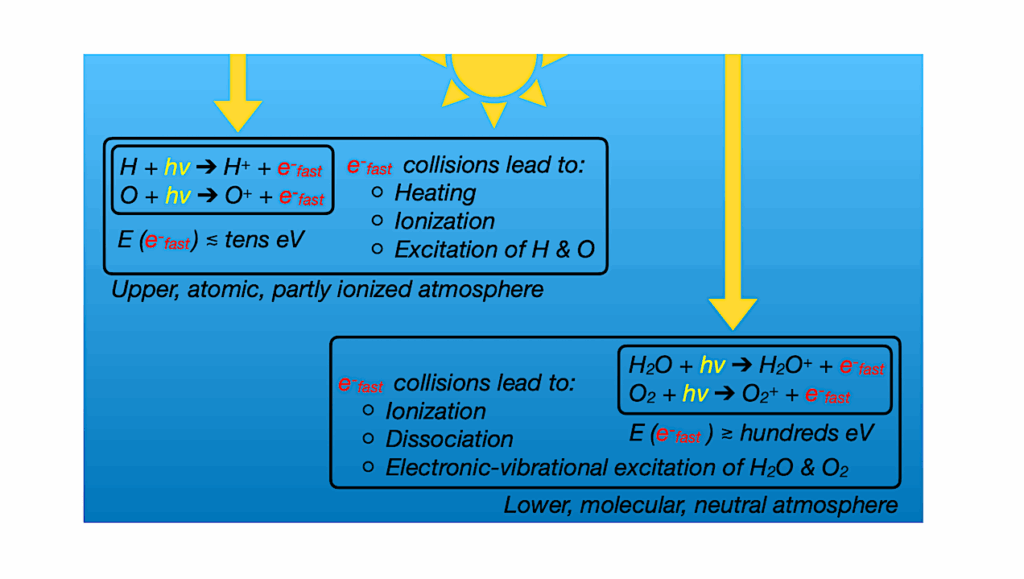An ALMA Molecular Inventory Of Warm Herbig Ae Disks: II. Abundant Complex Organics And Volatile Sulphur In The IRS 48 disk
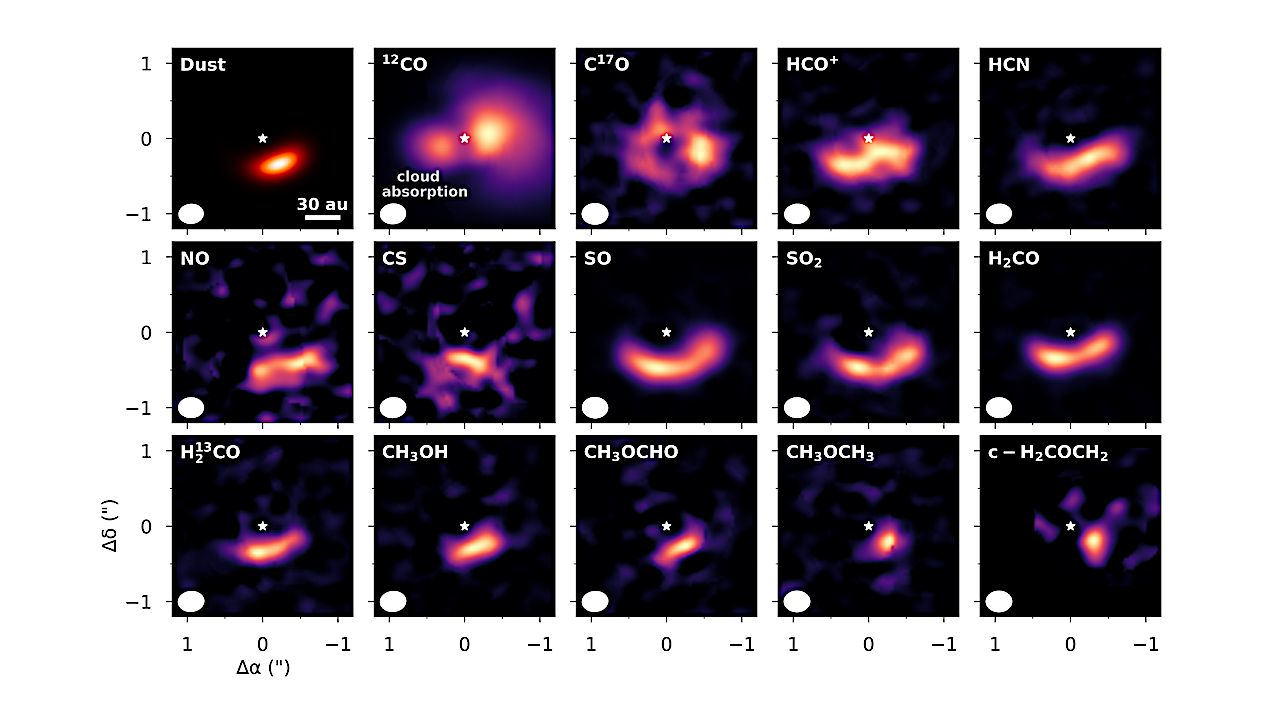
The Atacama Large Millimeter/submillimeter Array (ALMA) can probe the molecular content of planet-forming disks with unprecedented sensitivity.
These observations allow us to build up an inventory of the volatiles available for forming planets and comets. Herbig Ae transition disks are fruitful targets due to the thermal sublimation of complex organic molecule (COM) and likely H2O-rich ices in these disks.
The IRS 48 disk shows a particularly rich chemistry that can be directly linked to its asymmetric dust trap. Here, we present ALMA observations of the IRS 48 disk where we detect 16 different molecules and make the first robust detections of H213CO, 34SO, 33SO and c-H2COCH2 (ethylene oxide) in a protoplanetary disk. All of the molecular emissions, aside from CO, are colocated with the dust trap and this includes newly detected simple molecules such as HCO+, HCN and CS.
Interestingly, there are spatial offsets between different molecular families, including between the COMs and sulphur-bearing species, with the latter being more azimuthally extended and located radially further from the star. The abundances of the newly detected COMs relative to CH3OH are higher than the expected protostellar ratios, which implies some degree of chemical processing of the inherited ices during the disk lifetime.
These data highlight IRS 48 as a unique astrochemical laboratory to unravel the full volatile reservoir at the epoch of planet and comet formation and the role of the disk in (re)setting chemical complexity.
Alice S. Booth, Milou Temmink, Ewine F. van Dishoeck, Lucy Evans, John D. Ilee, Mihkel Kama, Luke Keyte, Charles J. Law, Margot Leemker, Nienke van der Marel, Hideko Nomura, Shota Notsu, Karin Öberg, Catherine Walsh
Comments: Accepted to AJ, 21 pages, 7 figures
Subjects: Earth and Planetary Astrophysics (astro-ph.EP); Solar and Stellar Astrophysics (astro-ph.SR)
Cite as: arXiv:2402.04002 [astro-ph.EP] (or arXiv:2402.04002v1 [astro-ph.EP] for this version)
Submission history
From: Alice Booth
[v1] Tue, 6 Feb 2024 13:56:57 UTC (15,035 KB)
https://arxiv.org/abs/2402.04002
Astrobiology


